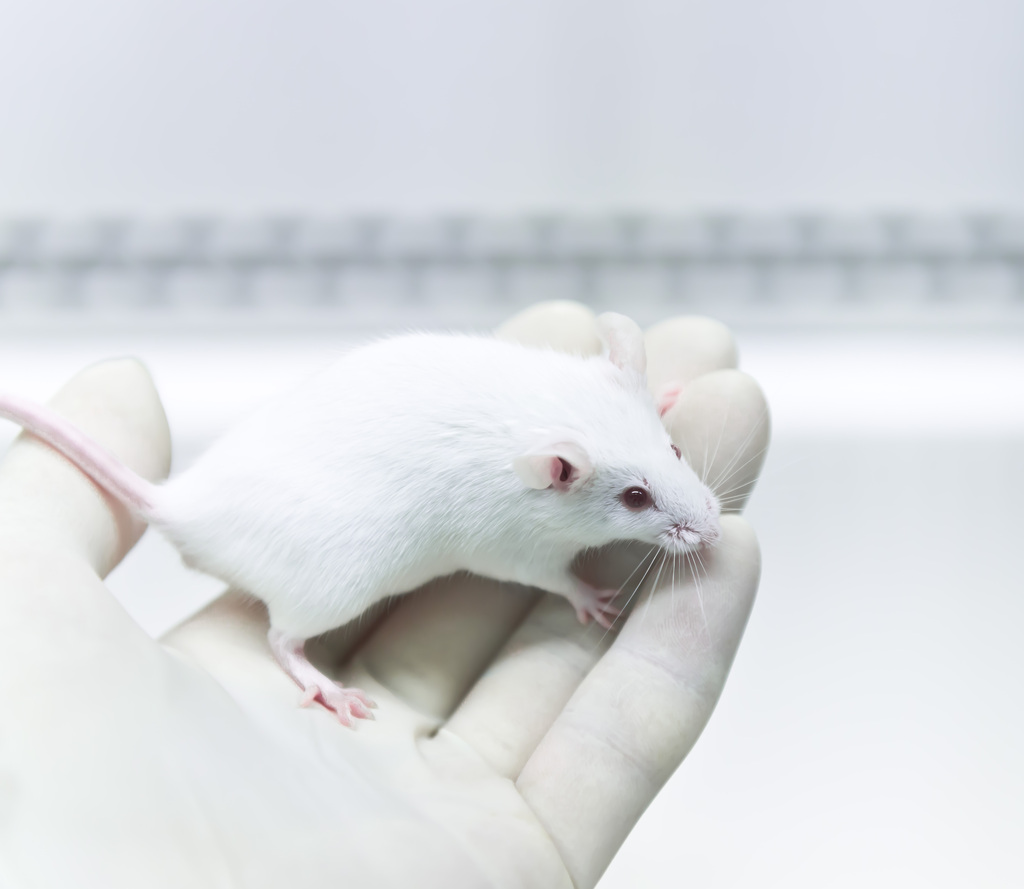Single Early-Life Seizure Leads to Fragile X-Like Behaviors Later in Life, Mouse Study Finds

A single early-life seizure results in behaviors resembling fragile X syndrome (FXS) later in life, but does not exacerbate these behaviors in a fragile X mouse model, a preclinical study has found.
The study, “A single early-life seizure results in long-term behavioral changes in the adult Fmr1 knockout mouse,” was published in the journal Epilepsy Research.
Fragile X syndrome, caused by a mutation in the FMR1 gene, is the most commonly known single-gene cause of inherited intellectual disability and autism spectrum disorder (ASD).
Fragile X syndrome and ASD share several behavioral symptoms, including hyperactivity, social withdrawal, and repetitive or stereotypical behaviors. In addition to behavioral deficits, approximately 10–20% of fragile X patients have seizures.
Considerable evidence suggests that both FMR1 mutations and early-life seizures can lead to behavioral impairments, including ASD-like behaviors. However, whether these early-life seizures may exacerbate or affect behaviors associated with FMR1 mutations and fragile X syndrome remains unclear.
With this is mind, researchers evaluated long-term behavioral changes after a single early-life seizure in a mouse model of fragile X (with FMR1 deletion) and in healthy mice.
After inducing a single seizure with kainic acid — a potent neuroexcitatory molecule that is used often to induce seizures in animal models — in 10-day-old mice, they analyzed the mice’s behavior in their adulthood (90 days old) through a battery of behavioral tests.
These tests assessed repetitive behavior, activity and anxiety levels, sociability, learning and memory, and sensorimotor gating (the ability of a sensory event to suppress a motor response).
Sensorimotor gating was measured through the analysis of the startle reflex (a sudden muscular movement in response to a loud unexpected sound) and startle reduction (when a weak stimulus precedes the loud sound, lessening the startle reflex).
Fragile X mice had impaired behaviors characteristic of the disease, such as hyperactivity, increased repetitive or stereotypical behavior, enhanced startle reduction, and reduced startle responses, compared to healthy mice.
A single early-life seizure resulted in significant behavioral changes in adult healthy mice, including increased repetitive behavior (to levels comparable to those in fragile X mice), reduced sociability, and increased learning.
The team noted that enhanced learning following seizures also has been shown in humans, with early fever-associated seizures resulting in significantly better memory.
Overall, the induction of a single early-life seizure did not exacerbate fragile X-like behaviors in fragile X mice.
Opposite effects between FMR1 deletion and early-life seizures were found in exploratory and startle reduction behavioral tests.
Fragile X mice (FMR1 deletion) showed reduced time to first exploratory movement (nose poke in a hole) and enhanced startle reduction. Seizure resulted in an increased delay to first nose poke and no change in startle reduction in fragile X mice, while in healthy mice it decreased both the delay and startle reduction.
Lower startle reduction also is observed frequently in people with fragile X syndrome, the researchers stated.
Researchers hypothesize that the absence of behavior changes with early-life seizure in fragile X mice may be due to the method and time of seizure induction, since previous studies have suggested seizure-associated behavioral changes in mice with mutations in another gene known to cause ASD.
Future studies are required to confirm these findings, to evaluate whether early-life seizures affect fragile X-associated mechanisms on a molecular level in adulthood, and to explore how seizures can affect disease symptoms in other single-genetic causes of ASD.
Double-hit models like this, inducing a condition that often is found as a comorbidity (the presence of more than one disorder in the same individual) to a specific disease, “can be advantageous in understanding how comorbidities exacerbate the molecular and behavioral basis of neurodevelopmental disorders,” the researchers wrote.






